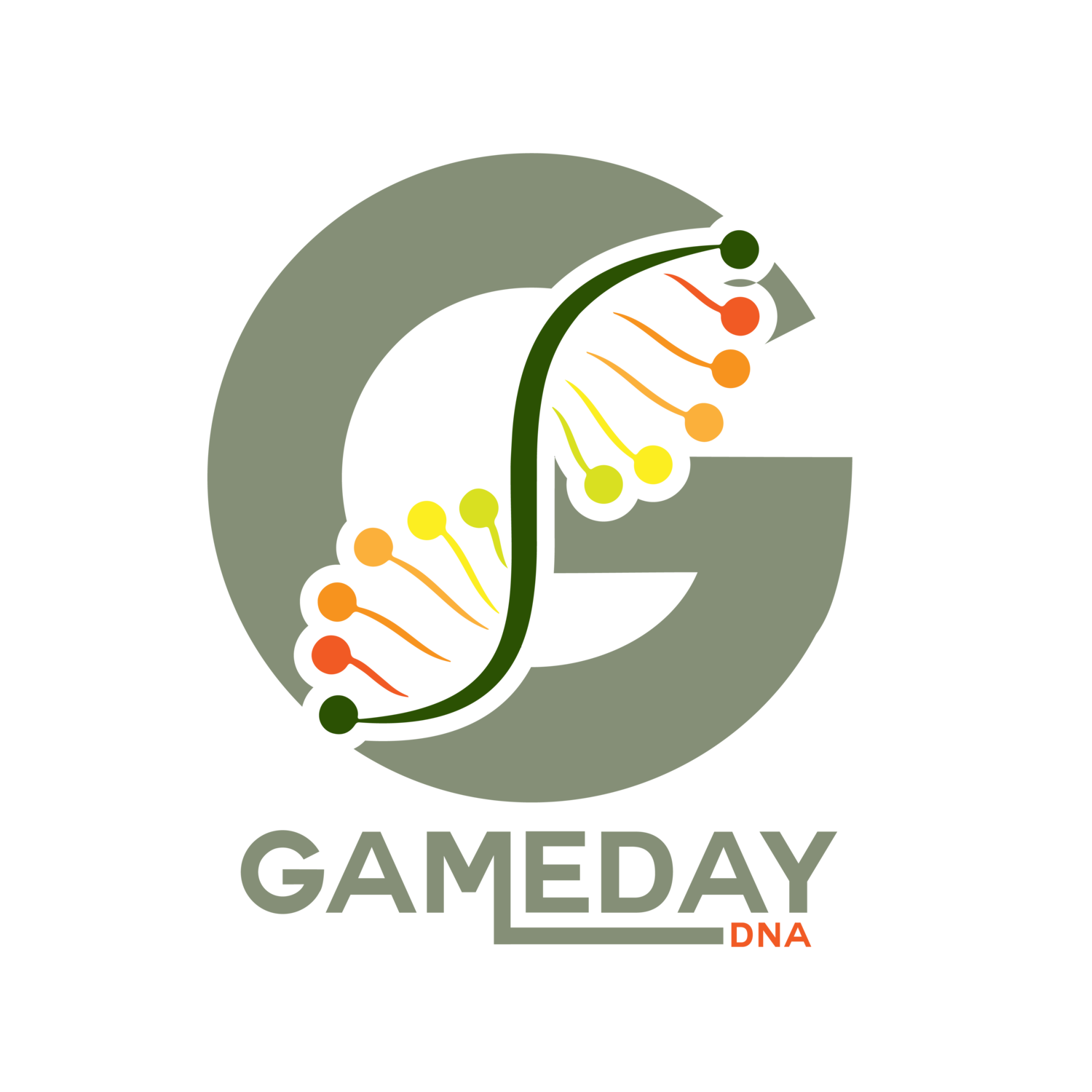Pros and Cons of Prenatal Paternity DNA Testing: Is It Safe, Accurate, and Right for You?
Understanding Prenatal Paternity DNA Testing: What You Need to Know
Prenatal paternity testing is a trusted way to determine the biological father of an unborn child during pregnancy. Whether you need results for legal reasons or peace of mind, knowing the pros, cons, accuracy, and cost of each method is essential for making an informed decision.
Comparing Prenatal Paternity Testing Options: Pros, Cons, and Costs
1. Chorionic Villus Sampling (CVS)
CVS paternity testing collects placental tissue between 10–13 weeks of pregnancy under ultrasound guidance.
Pros:
Delivers early and highly accurate paternity results
Can also detect some genetic and chromosomal conditions
Cons:
Invasive procedure carries a 0.5–1% miscarriage risk
Requires medical supervision; not typically chosen solely for paternity testing
Cost: $1,500–$2,500 (may vary by provider and location)
2. Amniocentesis
Amniocentesis paternity testing is performed between 15–20 weeks, extracting amniotic fluid to analyze fetal DNA.
Pros:
Very accurate for determining paternity
Can detect a broad range of genetic disorders
Cons:
Also invasive, with a 0.1–0.3% miscarriage risk
Physician referral is needed, and generally reserved for special medical cases
Cost: $1,500–$3,000, including medical fees
3. Non-Invasive Prenatal Paternity (NIPP) Test
The NIPP test is the safest and most advanced option, using a blood sample from the mother as early as 7 weeks into pregnancy.
Pros:
Completely non-invasive and zero risk to mother or baby
Fast: results available within 5 business days
No need for clinical procedures
Cons:
Higher cost than invasive options due to advanced lab technology
Cost: $1,500–$2,000
Comparing Prenatal vs. Postnatal Paternity Testing: Accuracy, Cost, and Convenience
Prenatal paternity testing provides answers before a baby is born, using a safe blood test from the mother or—less commonly—invasive procedures. Postnatal paternity testing, performed after birth, uses painless cheek swabs from both the child and alleged father. Both methods are highly accurate, but postnatal testing is usually more affordable and convenient. For parents needing immediate clarity during pregnancy or with time-sensitive legal matters, prenatal tests are invaluable. For others, postnatal testing remains the most accessible and cost-effective choice.
FAQs About Prenatal and Postnatal Paternity Tests
What is the difference between prenatal and postnatal paternity testing?
Prenatal paternity tests are performed during pregnancy and can confirm paternity before the baby's birth. Postnatal tests are done after birth using cheek swabs and are typically simpler and less expensive.
Is prenatal paternity testing as accurate as postnatal testing?
Yes, both prenatal and postnatal DNA tests—when performed by accredited labs—offer over 99.9% accuracy in determining biological relationships.
When should I choose prenatal testing over postnatal testing?
Prenatal testing should be chosen if immediate answers are needed during pregnancy, for legal reasons, or when early clarity is vital for health or custody planning. Otherwise, postnatal testing is a more affordable option if timing is not urgent.
Are the results of both prenatal and postnatal tests legally admissible?
Yes, when done by an accredited, chain-of-custody laboratory, both prenatal and postnatal paternity test results can be used for legal purposes such as child support, custody, or immigration.
Conclusion: Making an Informed Decision
Prenatal paternity testing offers clarity during pregnancy but requires careful consideration of risks, costs, and benefits. Non-invasive options like NIPP provide safe and accurate results without jeopardizing maternal or fetal health. If you’re considering a test, consult with professionals to choose the best method for your needs.
Follow us on Instagram and Twitter! If you have questions about paternity tests or other DNA testing services, please contact our Client Support Center at 302-529-1789, Mon-Sunday from 8:00 AM to 9:00 PM Eastern Time. Our friendly, expert representatives are ready and happy to help. Get answers anytime by visiting our Help Center.



